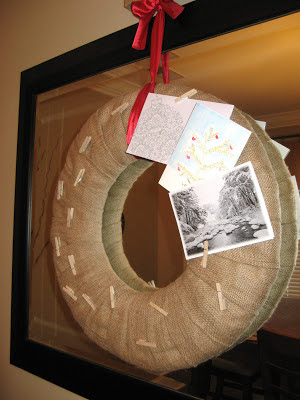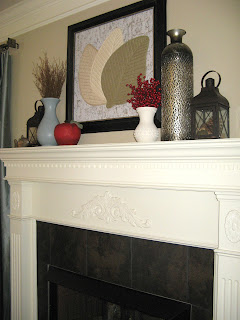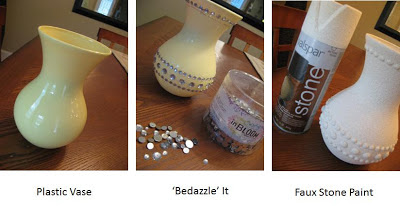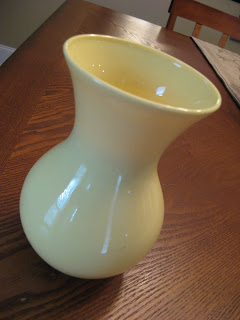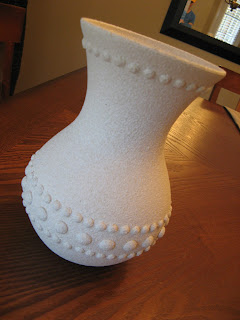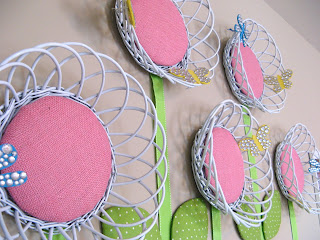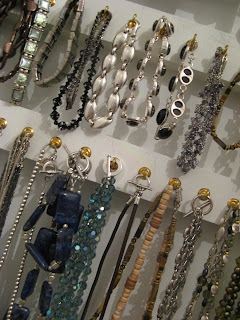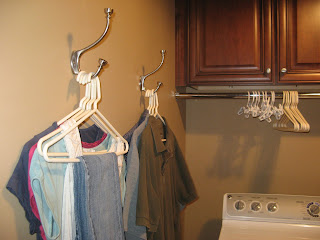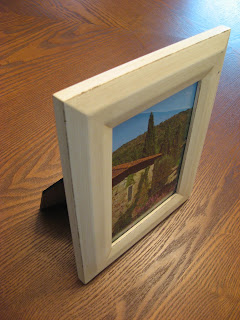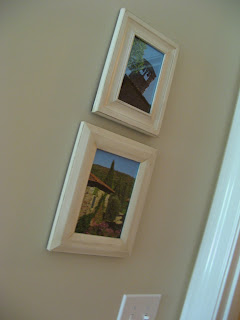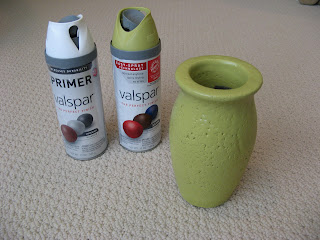This idea grew out of the leftover strips sewn for our burlap garland. (The burlap garland was made to decorate
the columns in our entryway.) We needed a
place for Christmas cards and my first thought was to hang this like garland elsewhere in our home and
clip cards to it with clothespins.
After playing around with it for a little while – the project morphed
into a wreath. Here is what I did…
I made a round doughnut shaped base out of foam board and
covered the base with three layers of quilt batting. The strategy I used here was - use spray
adhesive on the base, and then plopping it down on a piece of quilt batting –
then cutting it out and repeating this process three times (spray-plop-cut).
What I ended up with was a foam-board-doughnut topped with three layers of quilt batting. All I had left to do was loosely wrap the burlap around the base overlapping an inch or two with each layer, and adhering the ends in the back with a hot glue gun. I emphasize “loosely” wrapping so you have enough slack in the strips to easily clip your cards to the burlap. I suggest mini clothespins as you don’t really need the big ones to hold cards (I found mine at Hobby Lobby). The wreath hangs over a mirror using a large piece of red satin ribbon for contrast.
What I ended up with was a foam-board-doughnut topped with three layers of quilt batting. All I had left to do was loosely wrap the burlap around the base overlapping an inch or two with each layer, and adhering the ends in the back with a hot glue gun. I emphasize “loosely” wrapping so you have enough slack in the strips to easily clip your cards to the burlap. I suggest mini clothespins as you don’t really need the big ones to hold cards (I found mine at Hobby Lobby). The wreath hangs over a mirror using a large piece of red satin ribbon for contrast.
If you are a fan of burlap - the wall art around the mirror was made from potato sacks and can be found on my other post. :o)
